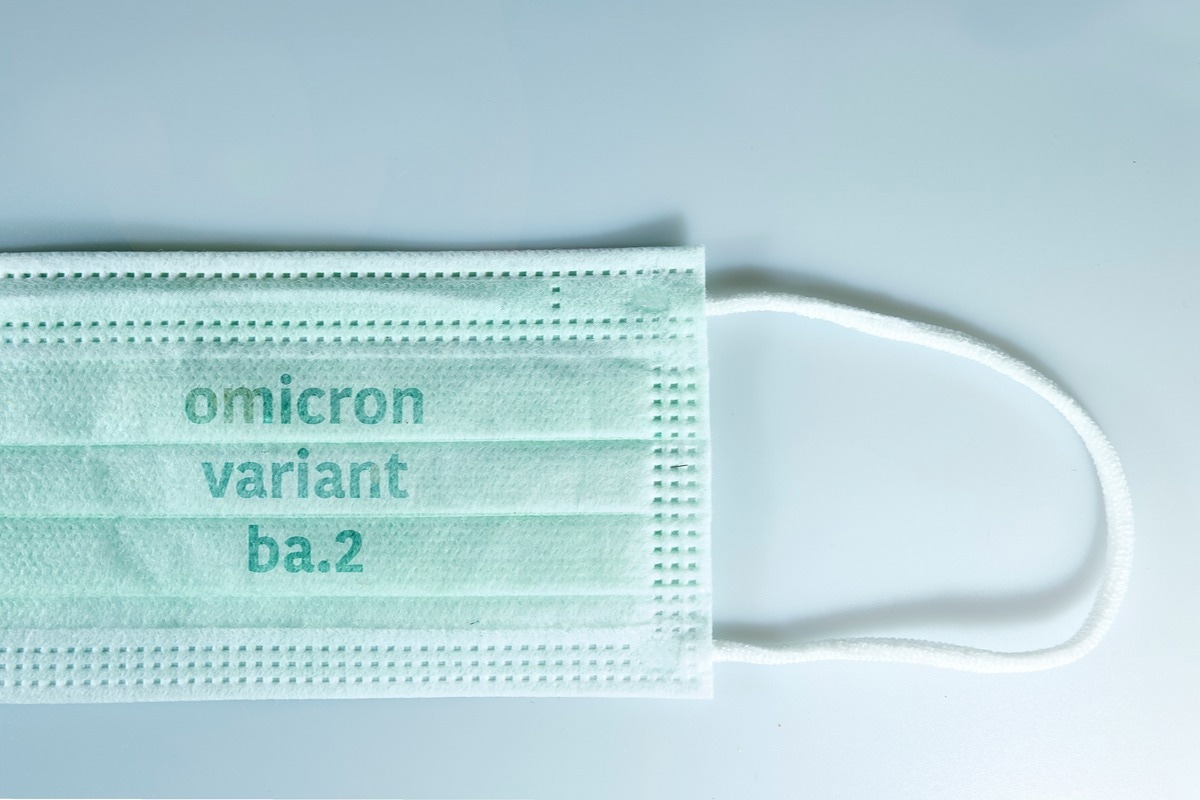In a recent study posted to medRxiv*, researchers estimated the severity and burden of coronavirus disease 2019 (COVID-19) in a recent outbreak in Shanghai, China.

Background
A COVID-19 outbreak occurred in Shanghai from February 2022 to June 2022 caused by severe acute respiratory syndrome coronavirus 2 (SARS-CoV-2) Omicron BA.2 sub-variant. The government imposed stringent non-pharmaceutical interventions (NPIs) and stratified sub-districts into non-high- and high-risk areas based on the number of cases. Multiple rounds of nucleic acid testing were performed in non-high- and high-risk areas.
Nonetheless, these measures were inadequate to contain community transmission. On April 1, 2022, a lockdown was enforced that ended on June 1, 2022. Estimating the severity and burden of the disease is crucial to strategize appropriate interventions and plan for adequate health care requirements.
About the study
In the present study, the authors estimated the incidence of SARS-CoV-2 infections, severe/critical cases, and deaths to evaluate the disease burden in early 2022 in Shanghai. Infections were confirmed by reverse-transcription polymerase chain reaction (RT-PCR) tests. Patients were classified as mild if they presented with fever, loss of smell/taste, and fatigue without pneumonia. Moderate cases exhibited typical respiratory symptoms and radiographic evidence of pneumonia.
Cases were classified as severe if they developed: low oxygen saturation, breathing difficulty, low arterial oxygen partial pressure to fractional inspired oxygen (PaO2/FiO2) ratio, or progressive symptoms with imaging analysis revealing progressive lesions within 24-to-48 hours. Patients were deemed critical if admitted to the intensive care unit (ICU). PCR-positive individuals who showed no clinically identifiable signs/symptoms or pneumonia were categorized as asymptomatic.
Relevant data were extracted from Shanghai Municipal Health Commission. The authors investigated the incidence of infections, severe/critical cases, and deaths. They computed the proportion of asymptomatic patients (Pasym), infection fatality risk (IFR), symptomatic case fatality risk (sCFR), risk of severe/critical disease due to infection (ISR), and risk of severe/critical illness from symptomatic disease (sCSR).
Pasym was estimated as the ratio of the number of asymptomatic cases to the total number of infections. ISR was defined as the ratio of the number of severe/critical cases to total PCR-positive cases. sCSR was the ratio of severe/critical cases to the number of symptomatic cases. IFR was the ratio between the number of deaths and total infections. sCFR was the number of deaths to the total number of symptomatic patients.
Findings
Between February 26 and June 30, 2022, more than 627,110 cases were reported in Shanghai, with 588 deaths. Overall, the infection rate was 2.74 per 100 individuals. The highest infection rate (3.65) was noted among those aged 60 – 79 and the lowest (1.67) in children aged 3 – 17. The proportion of severe/critical cases was the highest in older adults (> 80 years) at 125.29 per 100,000 individuals and the lowest in those aged 3 – 17 (< 0.001).
The rate of mortality was 2.42, with the highest rate of 57.17 per 100,000 individuals in older adults (> 80 years), 4.6 in 60 – 79 age group, 0.32 for people aged 40 – 59, 0.02 for 18-to-39-year-old individuals and 0 for those aged 3-to-17 years. The Pasym was 90.7% by June 30, 2022. The overall IFR was 0.09% for people < 60 years, 0.13% for those in the 60 – 79 age group, and 1.99% for people aged ≥ 80.
Notably, among individuals ≥ 80 years, the IFR was 2.22% for non-vaccinated individuals and 0.25% for those vaccinated with at least one dose. The ISR was 0.23%, with the highest risk of 4.35% for older adults (≥ 80 years). In contrast, ISR was approximately 0 for children (3 – 17 years). Among older adults, the ISR was significantly lower for the vaccinated (1.25%) than those who were non-vaccinated (4.77%). The sCFR was 0.96%, and the sCSR was 3.06%.
Conclusions
The infection rate during the latest outbreak in Shanghai was 2.74 per 100 individuals, and the rates of severe/critical disease and mortality were 6.34 and 2.42 per 100,000 individuals, respectively. Notably, the rates of severe/critical illness and mortality were significantly higher in the older population than in younger people. Most (> 90%) cases developed the asymptomatic disease during the outbreak. In summary, a low disease burden and severity reflected the success of strict containment measures.
*Important notice
medRxiv publishes preliminary scientific reports that are not peer-reviewed and, therefore, should not be regarded as conclusive, guide clinical practice/health-related behavior, or treated as established information.
- Chen, X. et al. (2022) "Estimation of disease burden and clinical severity of COVID-19 caused by Omicron BA.2 in Shanghai, February-June 2022".medRxiv. doi: 10.1101/2022.07.11.22277504. https://www.medrxiv.org/content/10.1101/2022.07.11.22277504v1
Posted in: Medical Science News | Medical Research News | Disease/Infection News
Tags: Breathing, Children, Coronavirus, Coronavirus Disease COVID-19, covid-19, Fatigue, Fever, Health Care, Imaging, Intensive Care, Mortality, Nucleic Acid, Omicron, Oxygen, Pneumonia, Polymerase, Polymerase Chain Reaction, Respiratory, SARS, SARS-CoV-2, Severe Acute Respiratory, Severe Acute Respiratory Syndrome, Syndrome, Transcription

Written by
Tarun Sai Lomte
Tarun is a writer based in Hyderabad, India. He has a Master’s degree in Biotechnology from the University of Hyderabad and is enthusiastic about scientific research. He enjoys reading research papers and literature reviews and is passionate about writing.
Source: Read Full Article
